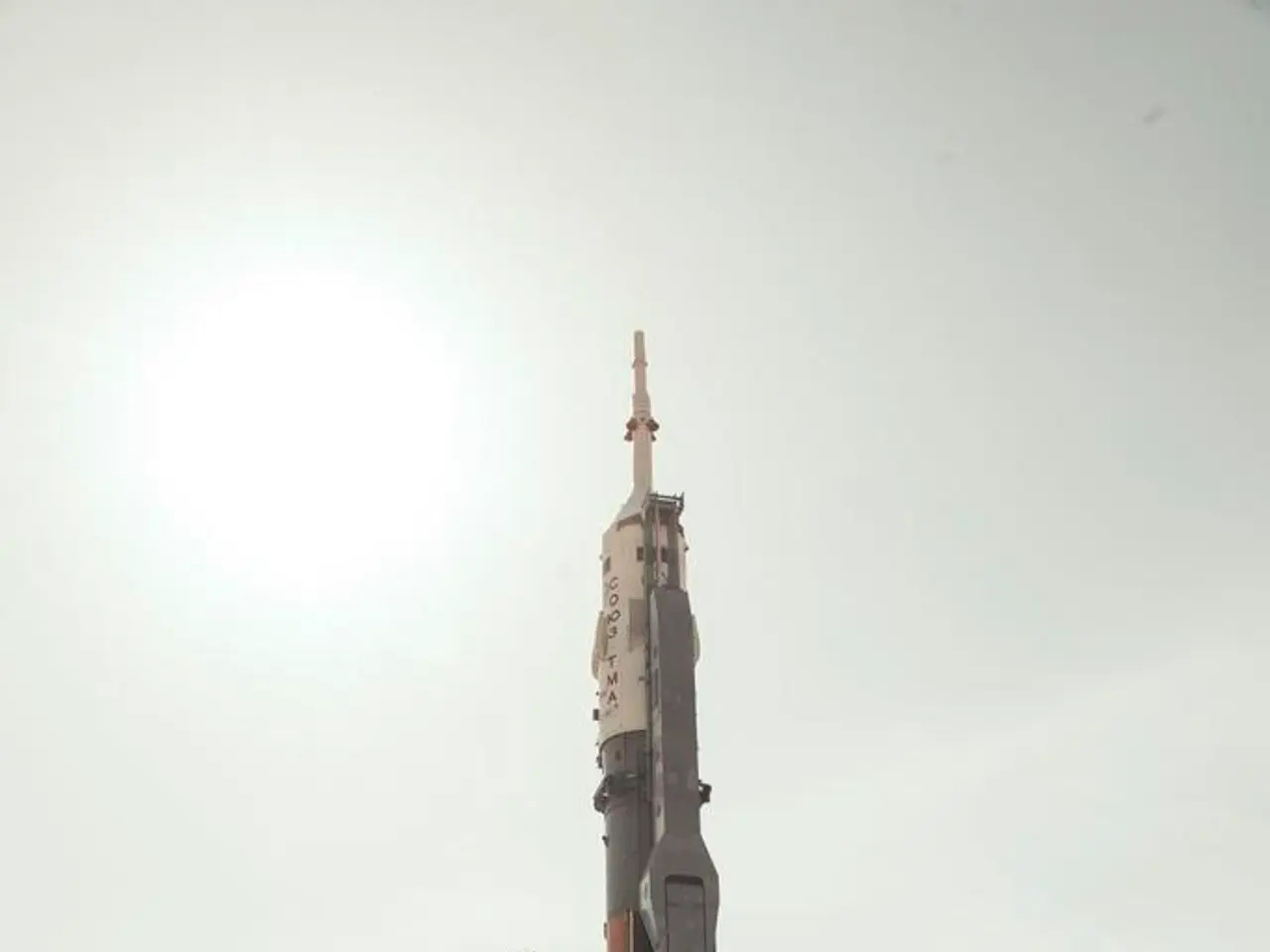"Affordable and Rapid Missile Production": What Appearance Do the Missiles Have That Ukraine Is Testing Against Russian Drones?
=====================================================================================
As drone warfare continues to evolve, nations are seeking new approaches to safeguard both civilian and military domains against these ever-present dangers. In Ukraine, the development and testing of miniature AI-guided missiles and drones aim to counter Russian drone and artillery attacks, primarily by enhancing detection, targeting, and response capabilities using AI-based acoustic sensing and autonomous operation.
One such drone is the Vector AI drone, delivered to Ukraine by Quantum Systems. This drone is equipped with an advanced acoustic sensor payload developed by Polish company Weles Acoustics, capable of detecting artillery fire up to 15 km away and small arms fire up to 2.5 km. The AI within the Vector AI drone quickly processes this data to pinpoint enemy firing locations during both training and combat missions.
In addition to reconnaissance, the Vector AI drone is undergoing software upgrades to improve automatic targeting and benefits from a flight time of up to 4 hours, enabling persistent surveillance. Ukraine's broader strategy also involves the use of swarm attacks with AI-guided drones loaded with explosives, as demonstrated by Operation Spider's Web, where 117 FPV drones struck Russian airbases, causing significant damage and financial loss.
The use and development of these AI-enabled drones by Ukraine offer a blueprint for smaller states and non-state actors worldwide to challenge larger militaries. This trend has led to increased global drone proliferation and forced countries to rethink military aid, defense doctrines, and export controls. The growing capability of AI in lethal autonomous systems raises concerns over the escalation of conflicts, the risks of unregulated proliferation, and the challenge of defining international norms for AI-driven weapons.
Another development that could set a precedent globally is the Mark 1 missile, designed to counter unmanned threats such as the Shahed drones, primarily used by Moscow and now also produced domestically. These drones have adapted to fly at lower altitudes between two and five kilometers to avoid ground-based defense systems. The tests of the Mark 1 missile in Ukraine will evaluate its performance against active drone threats, supporting Ukraine's defense strategy amid growing tensions with Russia.
Frankenburg Technologies plans to manufacture several dozen units of the Mark 1 missile weekly, with plans to scale up to hundreds by Q3 2025. The company also plans to open a new office in the United Kingdom for researching low-cost rocket engines, potentially expanding its global reach.
Without adequate defenses, states remain vulnerable to AI-controlled drone swarms or killer drones. The Ukraine-Russia conflict highlights how AI-guided missile and drone systems can be "game-changers" in modern warfare, potentially lowering the threshold for lethal engagements and prompting an arms race in AI-enabled military technology. These developments underscore the need for international dialogue and regulation to ensure the responsible use of AI in military applications and maintain global security.
- Research efforts are escalating worldwide to develop advanced AI-driven technology, such as low-cost rocket engines, as showcased by Frankenburg Technologies' plans for a new office in the United Kingdom.
- Amidst increasing global drone proliferation, the rise of AI-enabled drone swarms and lethal autonomous systems, like those used by Ukraine, presents both an innovation in military technology and a strategic challenge to maintain international peace and security.
- The pursuit of AI-guided missile technology, like the Mark 1 missile, is becoming increasingly crucial as nations scramble to safeguard against artificially intelligent threats, such as the Shahed drones, which have been employed by Moscow and localized production in Ukraine.




